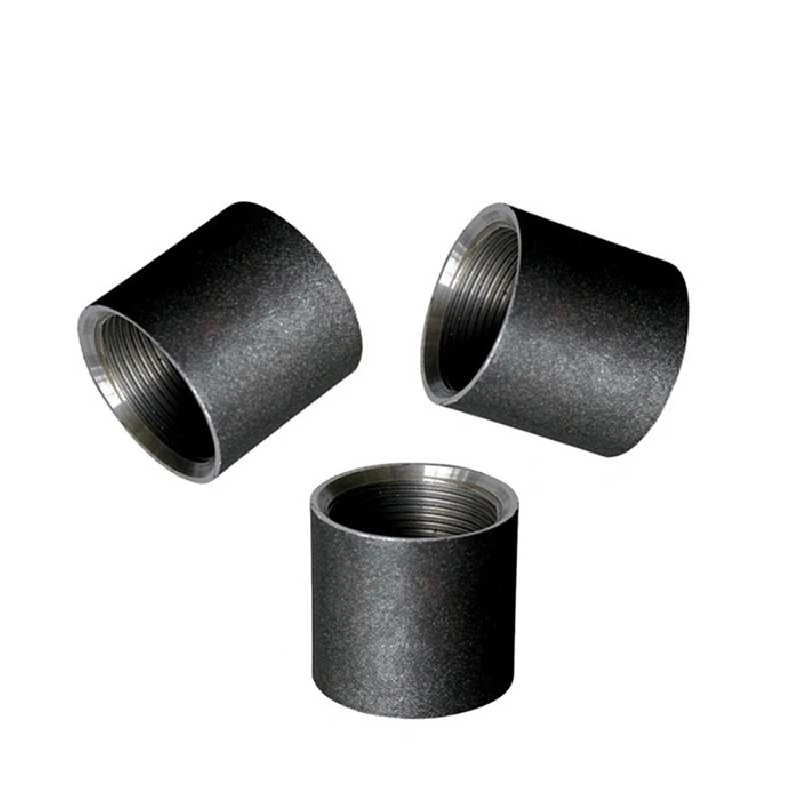-
Cangzhou Yulong Steel Co., Ltd.
-
Phone:
+86 13303177267 -
Email:
admin@ylsteelfittings.com
- English
- Arabic
- Italian
- Spanish
- Portuguese
- German
- kazakh
- Persian
- Greek
- French
- Russian
- Polish
- Thai
- Indonesian
- Vietnamese
- Zulu
- Korean
- Uzbek
- Hindi
- Serbian
- Malay
- Ukrainian
- Gujarati
- Haitian Creole
- hausa
- hawaiian
- Hebrew
- Miao
- Hungarian
- Icelandic
- igbo
- irish
- Japanese
- Javanese
- Kannada
- Khmer
- Rwandese
- Afrikaans
- Albanian
- Amharic
- Armenian
- Azerbaijani
- Basque
- Belarusian
- Bengali
- Bosnian
- Bulgarian
- Catalan
- Cebuano
- China
- China (Taiwan)
- Corsican
- Croatian
- Czech
- Danish
- Esperanto
- Estonian
- Finnish
- Frisian
- Galician
- Georgian
- Kurdish
- Kyrgyz
- Lao
- Latin
- Latvian
- Lithuanian
- Luxembourgish
- Macedonian
- Malgashi
- Malayalam
- Maltese
- Maori
- Marathi
- Mongolian
- Myanmar
- Nepali
- Norwegian
- Norwegian
- Occitan
- Pashto
- Dutch
- Punjabi
- Romanian
- Samoan
- Scottish Gaelic
- Sesotho
- Shona
- Sindhi
- Sinhala
- Slovak
- Slovenian
- Somali
- Sundanese
- Swahili
- Swedish
- Tagalog
- Tajik
- Tamil
- Tatar
- Telugu
- Turkish
- Turkmen
- Urdu
- Uighur
- Welsh
- Bantu
- Yiddish
- Yoruba

Nov . 10, 2024 02:14 Back to list
Exploring Various Types of Flanges and Their Applications in Industry
Understanding All Flange Types A Comprehensive Overview
Flanges are essential components in various piping systems, providing a means for connection and support for different sections of pipes, valves, and equipment. Understanding the different types of flanges is crucial for engineers, designers, and technicians as they play a significant role in ensuring the integrity and safety of piping systems. In this article, we will explore the various flange types, their applications, and key considerations in their selection and installation.
What are Flanges?
A flange is a mechanical component that consists of a flat piece of metal, typically with a raised or flat surface designed to connect two pipes or equipment. Flanges are usually welded or bolted to the piping system, and they come in a variety of shapes, sizes, and material compositions to suit different applications. The primary purpose of a flange is to provide a secure and leak-proof connection between components.
Common Types of Flanges
1. Weld Neck Flange This type features a long neck that provides a gradual transition from the flange into the pipe. It is highly recommended for high-pressure applications as its design reduces stress concentrations. Weld neck flanges are often used in industries requiring robust connections.
2. Slip-On Flange Slip-on flanges are designed to slip over the end of the pipe. They are easy to align, making installation straightforward. However, they are best suited for low-pressure applications due to their susceptibility to leakage if not properly welded.
3. Blind Flange A blind flange is a solid disk used to seal off the end of a piping system. It does not have a hole in the center and is commonly used in testing and future expansion purposes. This type of flange provides a secure barrier, preventing the escape of fluids and gases.
4. Socket Weld Flange This type of flange is designed for smaller diameter pipes and is installed by inserting the pipe into the socket. It is then welded around the top of the flange. Socket weld flanges are effective for high-pressure applications and offer a strong connection.
5. Lap Joint Flange Used in conjunction with another type of flange, the lap joint flange consists of a circular disc that is attached to the pipe. A stub end is required for this flange to function correctly, allowing for easy alignment and removal.
all flange types

6. Threaded Flange A threaded flange has internal threads and is used in applications where welding may not be feasible. It is primarily suited for low-pressure applications and can be easily linked and disconnected.
7. RF (Raised Face) Flange The raised face design helps to create a tighter seal when bolted together. It is the most common type used in applications involving gaskets, making it effective in preventing leaks.
Selecting the Right Flange
When choosing the appropriate flange type, several factors must be considered
- Pressure and Temperature Different flanges can withstand varying levels of pressure and temperature. Understanding the specific operational conditions is essential for safe and efficient performance.
- Material Compatibility Flanges are made from various materials, including steel, stainless steel, and plastic. Selecting a material compatible with the fluid being transported and the environment is crucial to prevent corrosion and degradation.
- Connection Type Consideration of the method of connection—whether bolted, welded, or threaded—will influence the choice of flange.
- Standards and Codes Many industries have specific standards and regulations that flanges must comply with. Familiarity with these standards ensures safety and reliability in piping systems.
Conclusion
Flanges are vital components in the design and maintenance of piping systems across various industries. Understanding the characteristics and appropriate applications of different flange types helps engineers make informed decisions, ensuring the efficiency and safety of the entire system. As technology advances, so do the materials and designs of flanges, making continual learning essential for professionals in the field. By being aware of the various flange types and their applications, one can enhance the reliability and longevity of infrastructure in various industrial operations.
Latest news
-
ANSI 150P SS304 SO FLANGE
NewsFeb.14,2025
-
ASTM A333GR6 STEEL PIPE
NewsJan.20,2025
-
ANSI B16.5 WELDING NECK FLANGE
NewsJan.15,2026
-
ANSI B16.5 SLIP-ON FLANGE
NewsApr.19,2024
-
SABS 1123 FLANGE
NewsJan.15,2025
-
DIN86044 PLATE FLANGE
NewsApr.19,2024
-
DIN2527 BLIND FLANGE
NewsApr.12,2024
-
JIS B2311 Butt-Welding Fittings LR/SR 45°/90° /180°Seamless/Weld
NewsApr.23,2024











